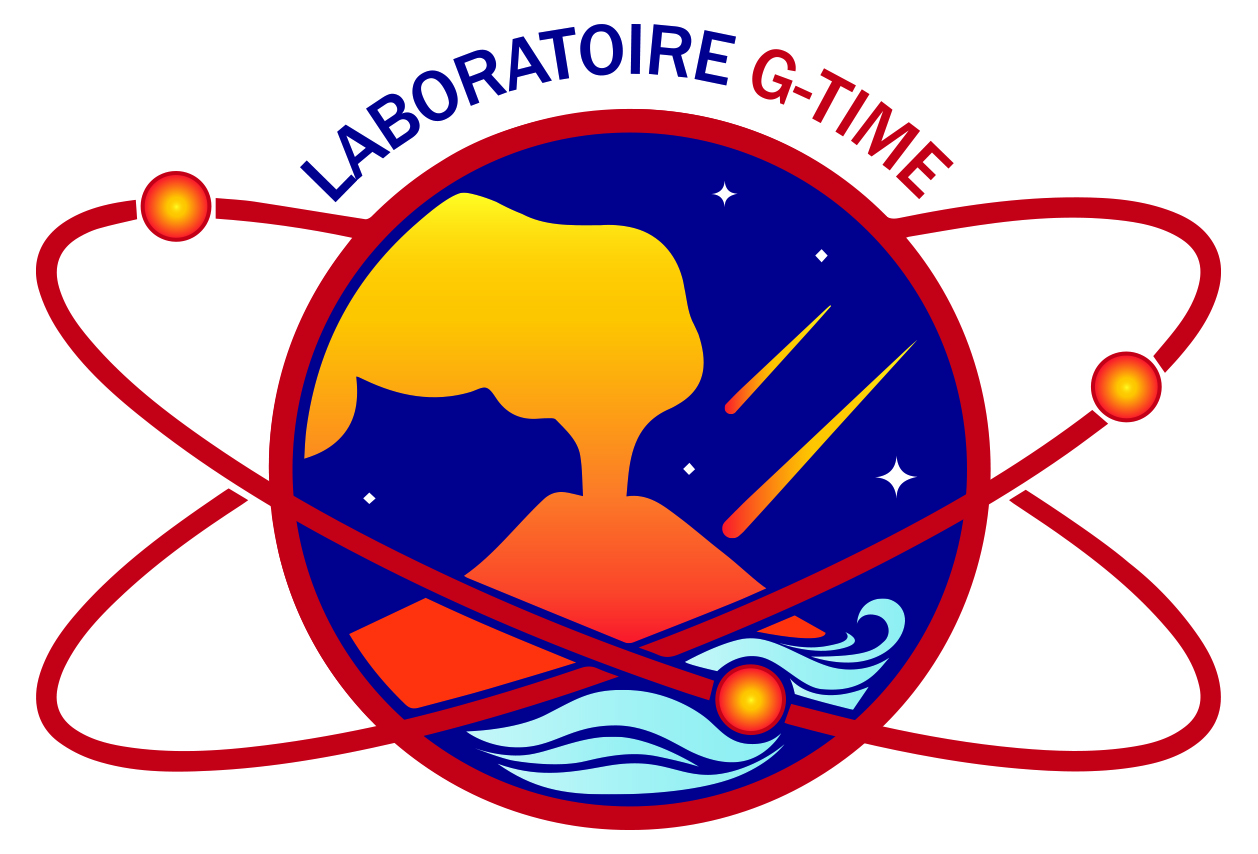
Research interests
My main research interest is focused on the Geochemistry of Metal Trace Elements in the Environment on one hand and in the Earth’s Mantle on the other hand. The core of our work remains the applications of non-traditional stable isotopes (Zn, Cd, Cu, Fe) in addition to traditional radiogenic isotopes (Pb, Hf, Nd, Sr…), as tracers of sources and processes of global biogeochemical cycles in Earth, environmental pollution and paleo-environmental reconstruction. Our present research projects are dedicated to:
Trace metals in the environment
Trace metals in atmospheric dusts
Study of the isotopic compositions of aerosols emitted by metallurgical activities has been developed in the perspective to trace their sources and impacts. Zn isotopic signatures of dry deposits have been determined inside and around the Metaleurop plant (Northern France), and Fe isotopic compositions have been analyzed in dusts emitted by the Sollac plant (Dunkerque, France)*. In parallel, Zn and Pb isotopes have been analyzed in soils, dusts and lichens in South of Portugal in a former mining and metallurgical area, in order to mark out the influence of each main metallic source**.
Further developments are now in progress on natural dusts, especially in the Southern Hemisphere.
(*) Collaborations with the LPCA at Université du Littoral-Cote d’Opale, France (P. Flament, K. Deboudt).
(**) Collaboration with Dept. de Geologia da Universidade de Lisboa, Protugal (F. Africano, C. Branquinho).
(***) Collaboration with the German Meteorological Service, Research Center for Human Biometeorology (Air Quality Department) in Freiburg (V. Dietze) and the Department of Earth and Environmental Science, University of Pennsylvania (USA) (R. Gieré).
Paleo-environments reconstruction : variation of trace element inputs in peat cores
First, Pb isotopes have been used on peat cores from Hautes-Fagnes where ancient Roman road has been exhumed. While Pb geochemistry has usually been used to quantify the impact of actual anthropic activity, such as mines or plants, this study focuses on the « paleo-pollution » associated to archeological site construction*.
Second, dust fluxes and climate changes that may have occurred during the last 12,000 years are also investigated using Pb and Nd isotopes in peat cores from various locations in Europe**.
(*) Collaborations with ULg (N. Fagel) and VUB (V. Renson, Ch. Snoeck).
(**) Collaboration with EcoLab from the University of Toulouse, France (F. Devleeschouwer and G. Le Roux).
Mobility of transition metals in the soil-plant system: a Zn isotopic approach
The plant-soil system is part of the Earth’s Critical Zone and is hence at the crossroads of trace element (or trace metal) biogeochemical cycling. In particular, plants absorb zinc as an essential nutrient from soil solution. Excessive Zn uptake from contaminated substrates can lead to food chain contamination.
To better characterize the mobility and biogeochemical cycling of industrial Zn (and Cd) in the soil-plant system, an integrated isotopic and geochemical study of the evolution and exchange processes controlling substratum (solid phase, soil solutions) and associated plants has been performed*.
(*) Collaboration with the ELIe at UCL (B. Delvaux, E. Couder, D. Houben, S. Opfergelt) and E. Smolders (KUL), Belgium.
Cu, Zn, Cd and Fe systematics in marine and coastal environments
Measurement of Cu, Zn, Cd and Fe isotopic compositions has been developed in our lab since 2002, taking care of several aspects of non-traditional stable isotope mass spectrometry: introduction systems (wet plasma, dry plasma (DSN/Aridus)), mass bias correction methods using SSBM, SSNC and EEN standards, non-spectral interferences (matrix effect and doping techniques), spectral interferences (isobaric interference), and isotopic dilution techniques (after paying careful attention to an inter-laboratory calibration of reference materials).
Those analytical developments have been applied to suspended particulate matter (SPM) and sediments from both the Seine (France) and the Schelde (Belgium) estuaries.
The Cu, Zn and Fe concentration and isotope profiles have been also investigated firstly in ice cores from two sampling campaigns ANT XXII/2 ISPOL (RV Aurora Australis, 2003) and SAZ-SENSE (RV Polarstern, 2005), and second in sea water, snow and sea ice from different Antarctic expeditions (McMurdo station, 2003; NBP-0709 SIMBA (RV Nathaniel B. Palmer, 2007))*.
(*) Collaborations with the Laboratory of Glaciology at ULB (JL Tison, V. Schoeman) and NIOZ in Holland (H. de Baar).
2. Metal stable isotopes in the mantle
Geochemical constraints on mantle plume dynamics
This topic was firstly dedicated to the study of the Kerguelen Mantle Plume, using ultrabasic xenoliths from the Kerguelen Archipelago*. The main purpose was to investigate the age and the composition of the lithosphere located beneath the northern part of the Kerguelen plateau, the second largest LIP (Lu-Hf and Sm-Nd geochronological techniques).
Isotopic tools (Pb, Sr, Nd and Hf) were secondly applied on lavas and xenoliths from Santiago Island (Cape Verde Archipelago), and lavas from Madeira Island (**). Both these islands can be related to the activity of separated mantle plumes in the Atlantic Ocean. More particularly, the role of the thickened subcontinental lithospheric mantle, strongly metasomatized, beneath Santiago Island is investigated for its interaction with the mantle plume.
As a whole, the geodynamic of the mantle is investigated through time using the non-traditional stable and radiogenic isotopes as tools for dating, tracing the processes, describing the mantle evolution from the Archean.
(*) Collaboration with the PCIGR (D. Weis and J.S. Scoates), UBC, Canada.
(**) Collaboration with Dept. de Geologia da Universidade de Lisboa (J. Mata), Portugal.
Teaching activities
- GEOL-F211: Introduction à la Pétrologie (N. Mattielli)
- GEOL-F305: Géodynamique et Pétrologie Magmatique et Métamorphique (N. Mattielli)
- GEOL-F411: Géochimie élémentaire et isotopique (N. Mattielli; V. Debaille)
- GEOL-F412: Géodynamique Chimique Globale (N. Mattielli; V. Debaille)
- GEOL-F527: Traçage isotopique des cycles biogéochimiques (E. Keppens, L. André, D. Weis, N. Mattielli)
- ENVI-F454: Energie: Ressources et Environnement (N. Mattielli; M. Huart)
- ENVI-F529: Gestion des Ressources et de l’Energie (M. Huart, G. Wallenborn; N. Mattielli)
SGOL-B307: Pétrologie (N. Mattielli, Prof. invite à l’Université de Namur)

